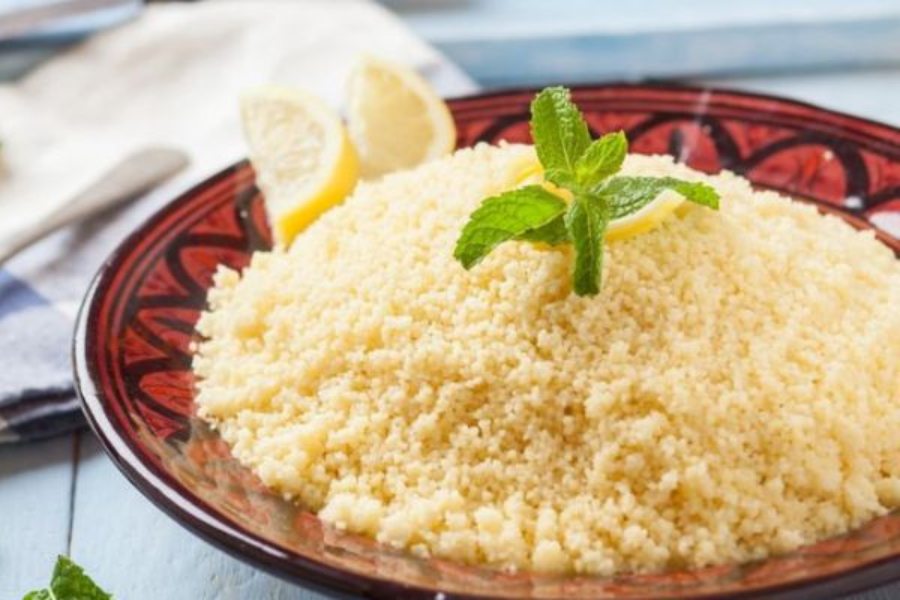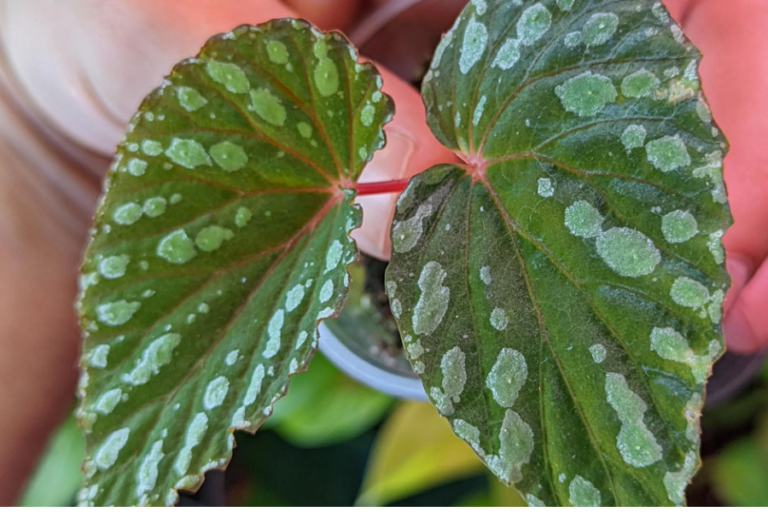Cuşcuş Uncovered: Types, Health Benefits, and How to Cook It Perfectly
Ever wondered about that small, grain-like food that seems to appear in so many dishes worldwide? Yes, we’re talking about cuşcuş! It’s versatile, nutritious, and incredibly tasty. Whether you’re a foodie, a culinary enthusiast, or someone focused on healthy eating, this blog post is for you. Get ready for an exciting journey as we dive into the wonderful world of cuşcuş, exploring its history, types, nutritional benefits, cooking methods, and more.
What is Cuşcuş?
Cuşcuş, also spelled couscous, is a type of pasta made from semolina wheat. It has its roots in North Africa but has since spread globally, becoming a beloved ingredient in many cuisines. But what makes cuşcuş stand out? Is it the fast cooking time? The incredible versatility? Or its subtle, nutty flavor that complements a variety of dishes?
A Brief Definition and Origin
Cuşcuş consists of tiny granules of durum wheat, which are steamed until light and fluffy. While it was once hand-rolled, machines now perform the labor-intensive process. Its origins are tied to the Berber tribes of North Africa, where it has been a staple for centuries.
Cultural Significance Across Regions
Cuşcuş holds a special place in the culinary traditions of various countries. In Morocco, it’s often enjoyed during festive occasions, while in Tunisia, it symbolizes comfort and hospitality. Even in the Middle East and parts of Europe, cuşcuş is a common feature in everyday meals. Beyond being a food, cuşcuş has become a symbol of heritage and tradition.
The History and Origins of Cuşcuş
Historical Background
The story of cuşcuş dates back to the 7th century, originating with the Berber tribes of North Africa. Archaeological evidence, such as ancient couscoussiers (special pots for cooking cuşcuş), reveals its long-standing presence in history.
The North African Beginnings
Cuşcuş was first made by hand-rolling semolina wheat and steaming it in a couscoussier, a traditional cooking vessel. This method ensured that the grains retained their light and fluffy texture. Its initial home was in modern-day Algeria, Morocco, and Tunisia.
Spread Across the World
From North Africa, cuşcuş spread to other regions through trade and migration. It became popular in the Middle East, Mediterranean Europe, and even parts of South America, with each area adapting it to local tastes and culinary traditions.
Cultural Importance
Cuşcuş in Traditional Cuisines
Cuşcuş has an essential role in many traditional dishes. In Morocco, it’s often served with lamb, vegetables, and a rich, savory broth. Tunisian cuşcuş may include fish, while Algerian versions might feature chickpeas and raisins. These variations reflect the distinct regional flavors and ingredients.
Celebrations and Festivals Featuring Cuşcuş
Cuşcuş is also prepared for festivals, weddings, religious holidays, and family gatherings. It’s often a communal dish, meant to be shared, which adds to its cultural and social significance.
Different Types of Cuşcuş
Varieties of Cuşcuş
One of the best things about cuşcuş is its diversity. Although it all starts with semolina wheat, different types of cuşcuş vary in size, preparation method, and texture.
- Moroccan Cuşcuş: This tiny variety is the most famous and cooks very quickly. It’s often paired with meat and vegetables in traditional dishes.
- Israeli Cuşcuş (Pearl Cuşcuş): Larger and chewier than Moroccan cuşcuş, this variety is toasted before cooking, giving it a nutty flavor.
- Lebanese Cuşcuş: The largest variety, these granules are almost the size of small peas. They take longer to cook but are perfect for stews and soups.
Preparation and Texture Differences
The way cuşcuş is prepared and its texture can differ greatly depending on its type. Moroccan cuşcuş is typically steamed to a light and airy consistency, while Israeli cuşcuş has a chewy texture and is often used in salads. Lebanese cuşcuş is simmered in broth and has a plump, tender texture.
Size and Shape Variations
The size and shape of cuşcuş grains impact how they absorb flavors and blend with other ingredients. Smaller grains are great at soaking up sauces and vegetable juices, while larger grains hold up well in stews and soups, adding heartiness to the dish.
The Nutritional Benefits of Cuşcuş
Nutritional Breakdown
Cuşcuş is not only delicious but also healthy. It provides a good amount of carbohydrates, which offer energy for your day, as well as protein, fiber, and essential vitamins and minerals like B vitamins, selenium, and magnesium.
Macronutrients and Micronutrients
In one serving, cuşcuş gives you around 6 grams of protein per cup, and it’s low in fat. Additionally, cuşcuş is an excellent source of selenium, a powerful antioxidant that helps protect cells from damage.
Health Benefits
Including cuşcuş in your diet can support a balanced lifestyle. Its high fiber content helps with digestion, and its low-fat nature makes it heart-healthy. Plus, it can be incorporated into various dietary plans, whether you’re focused on muscle gain, weight loss, or maintaining a healthy routine.
Comparing Cuşcuş to Other Grains
- Cuşcuş vs. Quinoa: While both are nutritious, quinoa offers a complete protein, containing all nine essential amino acids, making it ideal for vegetarians and vegans. Cuşcuş, however, is quicker to cook and more adaptable to traditional recipes.
- Cuşcuş vs. Rice: Rice is another commonly compared grain. Though both cook quickly and can be used in a variety of dishes, cuşcuş has a fluffier texture and fewer calories than white rice. While rice may provide more vitamins and minerals, cuşcuş offers a unique set of nutrients for a well-rounded diet.
Cooking Cuşcuş: A Simple Guide
Basic Cooking Steps
Cooking cuşcuş is easy and quick. Here’s a simple method:
- Boil Water or Broth: Bring a pot of water or broth to a boil. Use 1 cup of liquid for every 1 cup of cuşcuş.
- Add Cuşcuş: Stir in the cuşcuş, cover the pot, and remove it from heat.
- Steam: Let the cuşcuş steam for about 5 minutes. Fluff it with a fork before serving.
Tips for Perfect Cuşcuş
- Always fluff cuşcuş with a fork to separate the grains and achieve a light texture.
- Add a little olive oil or butter before fluffing to enhance the flavor and texture.
- For extra taste, cook cuşcuş in broth rather than water.
Advanced Cooking Ideas
Once you’re comfortable with the basics, try some advanced recipes like traditional Moroccan cuşcuş with lamb and vegetables or a contemporary cuşcuş salad with roasted vegetables and a tangy dressing. The options are limitless!
Popular Cuşcuş Dishes
Traditional Recipes
- Moroccan Cuşcuş with Meat and Vegetables: A classic dish where tender meat (usually lamb or chicken) is simmered with spices and served with cuşcuş and vegetables like carrots, zucchini, and chickpeas.
- Tunisian Cuşcuş with Fish: A variation that features fish cooked with tomatoes, onions, and spices, served over cuşcuş.
Modern Takes on Cuşcuş
Cuşcuş is also great for contemporary dishes. You can make refreshing cuşcuş salads by combining cooked cuşcuş with fresh veggies, herbs, and a light dressing. It also works wonderfully as a side dish to complement grilled meats, roasted vegetables, or stews.
Cuşcuş in Global Cuisines
Adoption Worldwide
Cuşcuş has made its way into many cuisines globally, each adding a unique twist.
- Mediterranean Cuisine: Cuşcuş is often paired with fresh vegetables, olive oil, and lean proteins. Variations in Greece and Italy might include ingredients like olives, feta, and sun-dried tomatoes.
- Middle Eastern Cuisine: Here, cuşcuş is frequently served with lamb, chicken, or beef, seasoned with spices like cumin, coriander, and cinnamon.
Fusion Dishes and Gourmet Cooking
Cuşcuş’s adaptability makes it perfect for fusion dishes. Chefs are now using cuşcuş in everything from pilafs to stuffed peppers. Its ability to absorb flavors and its quick cooking time make it a staple in many kitchens.
Storing and Buying Cuşcuş
Where to Purchase Cuşcuş
You can find cuşcuş at most supermarkets, especially in the pasta or international foods section. Health food stores may carry it in bulk, and you can often find it in specialty markets.
Proper Storage Tips
To keep cuşcuş fresh, store it in an airtight container in a cool, dry place. This will prevent moisture and pests from affecting its quality. If you buy it in bulk, divide it into smaller portions and seal them in vacuum bags to prolong freshness.
With its rich history, impressive nutritional benefits, and versatility in the kitchen, cuşcuş is truly a grain to celebrate. Whether you’re cooking traditional dishes or trying out modern recipes, there’s no limit to the delicious ways you can enjoy cuşcuş!
Facts:
- Origin: Cuşcuş, also known as couscous, originates from North Africa, specifically from the Berber tribes of Morocco, Algeria, and Tunisia.
- Main Ingredient: Cuşcuş is made from semolina wheat, which is finely ground and steamed to create light, fluffy granules.
- Cultural Significance: In many North African and Middle Eastern countries, cuşcuş is more than just food; it’s a symbol of heritage and tradition, often served during holidays and festivals.
- Nutritional Benefits: Cuşcuş is rich in carbohydrates, fiber, protein, and essential vitamins and minerals, including selenium, magnesium, and B vitamins.
- Types: There are various types of cuşcuş, including Moroccan cuşcuş (small grains), Israeli cuşcuş (also called pearl couscous), and Lebanese cuşcuş (the largest variety).
- Versatility: Cuşcuş can be served as a side dish, a main course, or used in salads, soups, and stews. It pairs well with meats, vegetables, and rich broths.
- Fast Cooking: Cuşcuş is known for its quick cooking time, often requiring just 5-10 minutes to prepare.
Summary:
Cuşcuş is a versatile and nutritious grain made from semolina wheat, with origins in North Africa. It has a long history tied to Berber culture and has spread across the globe, appearing in a wide range of dishes. Cuşcuş comes in different varieties, with Moroccan, Israeli (pearl), and Lebanese types each offering unique textures and flavors. It is an excellent source of carbohydrates, fiber, and essential nutrients like selenium and magnesium, making it a healthy option for various dietary needs.
Cuşcuş can be used in a multitude of dishes, including salads, stews, and as a side dish with meats and vegetables. It is quick and easy to prepare, typically taking just minutes to cook. Its ability to absorb flavors makes it a favorite in both traditional and modern cuisines worldwide.
FAQs:
1. What is cuşcuş made of?
Cuşcuş is made from semolina wheat, which is finely ground and steamed into small granules.
2. How do you cook cuşcuş?
To cook cuşcuş, bring water or broth to a boil (1 cup of liquid for every 1 cup of cuşcuş). Stir in the cuşcuş, cover, and remove from heat. Let it steam for about 5 minutes, then fluff with a fork.
3. What is the difference between Moroccan, Israeli, and Lebanese cuşcuş?
- Moroccan cuşcuş is the smallest and cooks quickly, perfect for traditional dishes.
- Israeli cuşcuş (pearl cuşcuş) is larger and chewier, often toasted before cooking.
- Lebanese cuşcuş is the largest, used in soups and stews, and takes longer to cook.
4. Is cuşcuş healthy?
Yes, cuşcuş is low in fat and a good source of carbohydrates, protein, fiber, and important nutrients like magnesium, selenium, and B vitamins. It can be part of a balanced diet.
5. Can cuşcuş be eaten cold?
Yes, cuşcuş can be served cold in salads or as part of a cold dish. It’s especially good in Mediterranean and Middle Eastern salads with vegetables and herbs.
6. How can I add flavor to cuşcuş?
To enhance the flavor of cuşcuş, cook it in broth instead of water, and add olive oil or butter. You can also mix in herbs, spices, and vegetables for added taste.
7. How should I store cuşcuş?
Store cuşcuş in an airtight container in a cool, dry place to prevent moisture and pests. If bought in bulk, divide it into smaller portions and vacuum-seal them for longer freshness.
8. What are some traditional cuşcuş dishes?
Traditional dishes include Moroccan cuşcuş with lamb and vegetables, Tunisian cuşcuş with fish, and Algerian cuşcuş with chickpeas and raisins.
9. Can cuşcuş be used as a substitute for rice or quinoa?
Yes, cuşcuş can replace rice or quinoa in many dishes. It has a light, fluffy texture that makes it an excellent side dish or base for stews and salads. However, quinoa is a complete protein, unlike cuşcuş, which is made from wheat.
10. Where can I buy cuşcuş?
Cuşcuş can be found in most supermarkets in the pasta or international foods section. Health food stores may also carry it in bulk, and you can find it at specialty markets for North African or Mediterranean ingredients.
Stay informed and up-to-date with the latest news, trends, and insights at objectiverelease.com.






